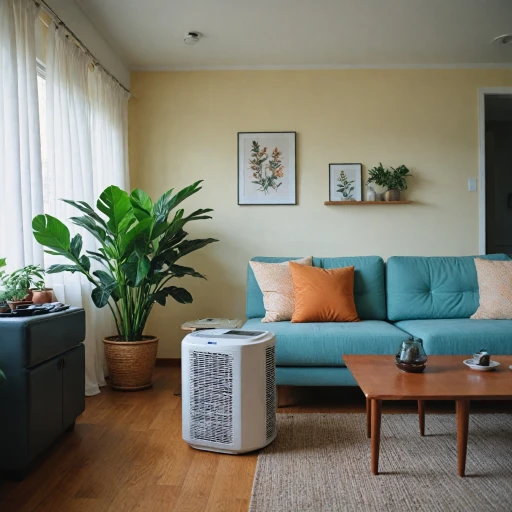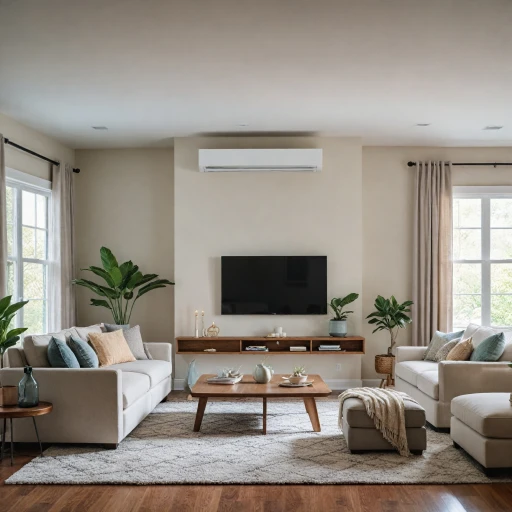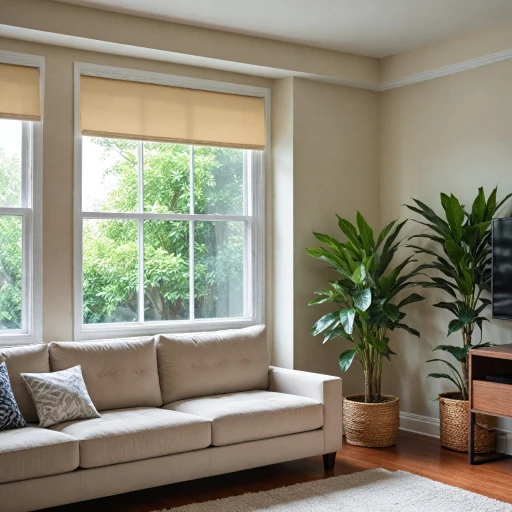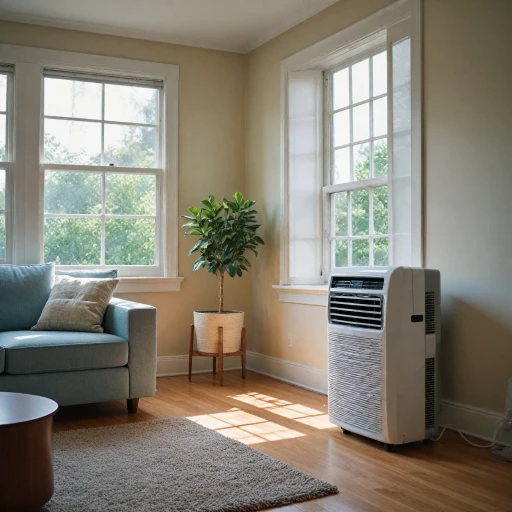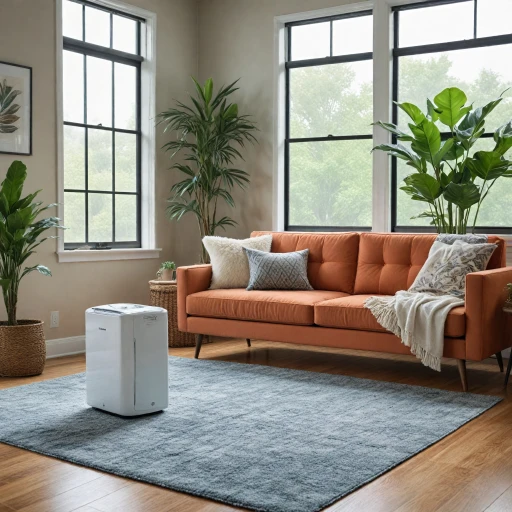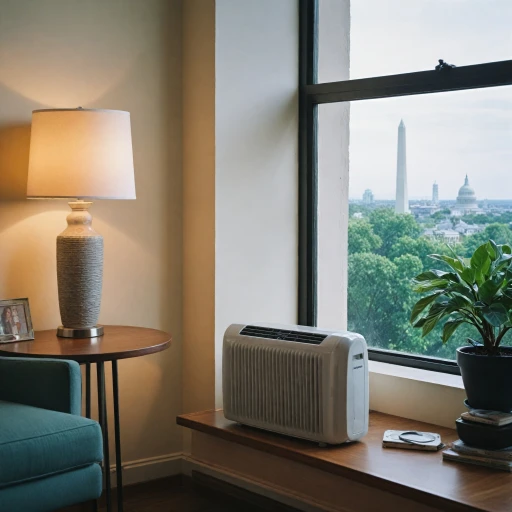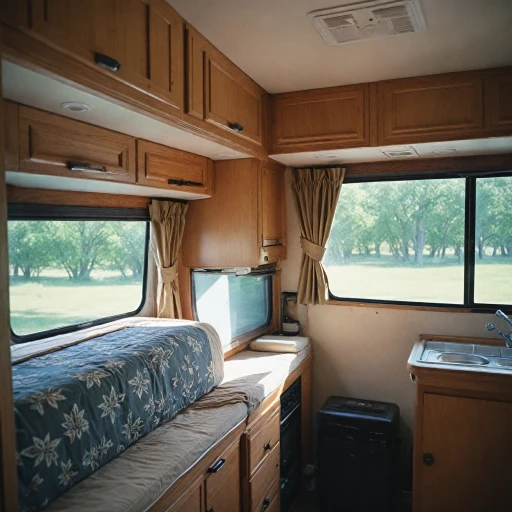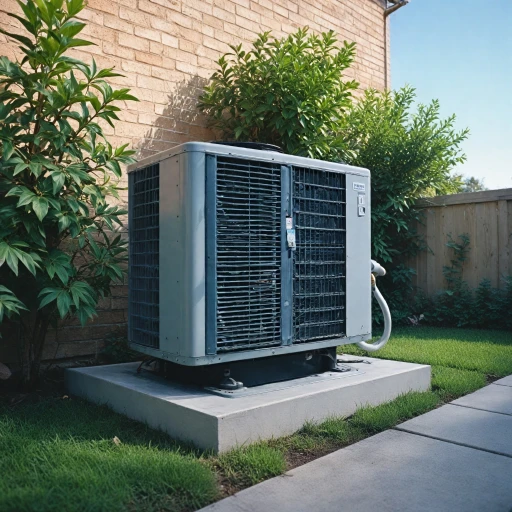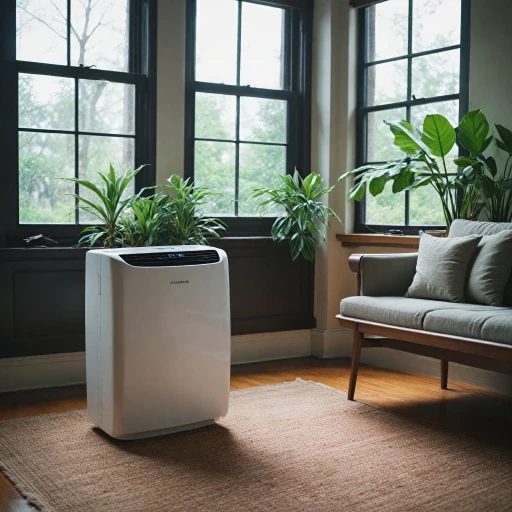
What is a Mini Split 3 Zone System?
Exploring the Concept
A Mini Split 3 Zone System is a versatile and efficient cooling solution, particularly popular for its ductless design. Unlike traditional air conditioning units, mini splits are designed to cool or heat multiple zones, making them an ideal choice for homes with varying climate needs across different rooms or areas.
These systems typically include one outdoor unit connected to multiple indoor units, each designed to manage a specific zone. This customization enables users to maintain different temperatures in different zones, enhancing comfort and efficiency. The capability to adjust settings per zone offers significant advantages in energy management, as you'll read about further in the discussion.
Mini splits are often equipped with high SEER (Seasonal Energy Efficiency Ratio) ratings, ensuring they operate efficiently in various climates. Particularly, a 3 zone mini split system allows users to control the temperature in three distinct areas without the need for ductwork. This not only simplifies installation but also reduces potential energy losses associated with ducts.
For those interested in understanding more about cooling options, including portable and windowless units, consider exploring this guide. It offers insights on choosing the right air conditioning unit tailored to specific needs, which could be particularly beneficial if you're comparing different systems.
Advantages of Using a Mini Split 3 Zone System
Key Advantages of a Mini Split 3 Zone System
A ductless mini split system is a versatile cooling solution, especially valuable for its ability to create comfort in multiple areas of your home or office without extensive modifications. Here's what makes this system stand out:- Energy Efficiency: With high SEER (Seasonal Energy Efficiency Ratio) ratings, mini split systems efficiently regulate temperatures, reducing energy consumption. The higher the SEER, the more energy savings you can enjoy, translating to lower electricity bills over time.
- Customized Comfort: One of the hallmarks of this system is its zoning capability. Each indoor unit can be set to a different temperature, allowing personalized comfort levels in each zone. Whether it's the living space, bedroom, or office, each can be adjusted independently.
- Ease of Installation: Unlike traditional ducted systems, a mini split 3 zone system is straightforward to install, often requiring just a small hole for the lines connecting the outdoor and indoor units. This ductless feature enhances the system's adaptability in spaces where installing ducts is impractical.
- Quiet Operation: The indoor units of a mini split system run quietly, providing a tranquil environment ideal for both family and work settings.
- Cost Savings: Although the initial price tag might be higher than portable units or window units, long-term savings on energy costs and the potential increase in property value make it a worthy investment. It may have a higher regular price, but it could also lead to a favorable sale price scenario when considering energy savings.
- Versatility and Flexibility: Each unit is a heat pump, offering both cooling and heating solutions. Such adaptability ensures year-round comfort, even in fluctuating climates.
- Environmentally Friendly: The ductless design not only saves energy but also reduces carbon emissions, making it an eco-friendly product choice.
Comparing Mini Split Systems to Portable Air Conditioners
How Does a Mini Split Stack Up Against Portable AC Units?
When weighing the option of a mini split 3 zone system against a portable air conditioner, consider the efficiency and performance aspects. A mini split system, often hailed for its ductless setup, provides improved energy efficiency by delivering targeted climate control across multiple zones. The SEER (Seasonal Energy Efficiency Ratio) ratings for mini splits can go significantly higher than those for portable units, equating to enhanced energy savings over time. Portable air conditioners, while versatile and easy to relocate with ground curbside delivery options and even installations without the need for a lift gate, might not offer the same level of energy efficiency. Typically, portable units may have lower cooling power or BTU outputs compared to a multi-zone mini split system, especially when managing larger areas or multiple rooms. Notably, the mini split can regulate the indoor seer and BTU outdoor more effectively due to its wall-mounted design. Another advantage is that mini split systems usually incorporate heat pump capabilities, providing both cooling and heating solutions, unlike most portable air conditioning units which are primarily cooling-based devices. This dual functionality can be crucial in regions with variable climates, allowing seamless seasonal transitions without switching units. In terms of cost, while mini splits usually come at a higher initial purchase and installation price compared to portable air conditioners, over time, they often lead to cost savings thanks to their energy efficiency and durability. Products such as the MSZ are designed to last longer with fewer maintenance hassles compared to portable units which might require more frequent upkeep and potential replacement. Deciding on the right type of air conditioning can greatly depend on specific user needs and circumstances. If you are exploring different cooling solutions, understanding the ideal BTU requirements for a given space can be vital in making an informed choice. You can gain more insights by visiting determining the right BTU for your portable air conditioner.Installation Considerations for a Mini Split 3 Zone System
Factors to Consider When Setting Up a Mini Split 3 Zone System
Installing a mini split 3 zone system involves careful planning and consideration. It's essential to understand that this ductless setup allows for individualized control across multiple zones, making it highly efficient and versatile. Before diving into the installation process, here are some critical factors to keep in mind:- Placement of Indoor Units: For optimal performance, indoor units should be mounted on a wall that allows for even distribution of the cooling or heating effect. Positioning these units closer to the ceiling ensures that the air circulates thoroughly throughout the space.
- Outdoor Unit Position: The outdoor unit, or condenser, should be placed in a location that allows for adequate airflow and is not obstructed by any structures. Also, ensure the unit is on stable ground or a curbside to prevent vibrations and noise disturbances.
- Electrical Requirements: Installation must comply with the local zoning and electrical regulations. Always consult with a certified electrician to verify that your electrical system can support the unit's requirements, including voltage and BTU capacity.
- Lift Gate Services: When receiving delivery, opting for lift gate service might be beneficial if the unit is heavy and requires careful unloading. Consider the shipping policy used by the vendor, noting if free shipping or curbside delivery is available, as it can impact the final price.
- Climate Considerations: Heat pumps used in mini splits should be matched to the climate conditions of your location. For colder areas, ensuring the system is capable of providing sufficient heat is crucial. The SEER (Seasonal Energy Efficiency Ratio) rating is a valuable measure when evaluating the energy efficiency of the system over a year.
- Professional Installation: Hiring an experienced HVAC technician ensures that the installation meets all safety and efficiency standards. Not only will this reduce the risk of errors, but it also helps in maintaining the warranty on the product.
Cost Implications and Energy Savings
Understanding Costs and Energy Efficiency
When considering the investment in a mini split 3 zone system, it's important to weigh the price not just against the immediate cost, but also in terms of energy savings and long-term benefits. This ductless mini solution can seem more expensive initially compared to traditional systems, but the savings accrued over time often outweigh the initial outlay.
The units are designed to be highly efficient, utilizing a heat pump mechanism that provides effective heating and cooling. One critical feature to look for is the SEER (Seasonal Energy Efficiency Ratio) rating, which measures the efficiency of the system; a higher SEER rating indicates better efficiency. Products with high SEER ratings often qualify for energy efficiency rebates, effectively lowering the overall price over time.
In addition to energy savings, mini split systems offer savings on installation and operation. With no need for extensive ductwork, these systems leverage wall-mounted units and can significantly cut down on installation time. These units usually ship with everything you need, often available with free shipping policies. Ensure you check the shipping policy details to assess if the product qualifies for free shipping and ground curbside delivery. Certain components might arrive via semi truck, dependent on weight (items lbs) and shipping preferences.
Consider the potential for sale price opportunities as well. Keeping an eye on sales can reduce the regular price significantly, adding another layer of cost-effectiveness. As you evaluate, factor in any additional features like lift gate services or outdoor BTU ratings, which can influence the efficiency and flexibility of your system.
Maintenance Tips for Longevity
Tips for Extending the Lifespan of Your System
To ensure the longevity of your mini split 3 zone system, routine maintenance is key. Keeping your system running efficiently can reduce repairs and extend its lifespan. Here are some tips to help you maintain your unit:- Regular Cleaning and Inspection: Regularly clean the filters and inspect the indoor and outdoor units for signs of wear or damage. Keeping the filters clean ensures proper air flow, which can enhance the system's efficiency and save on energy costs.
- Ensure Proper Installation: Proper installation is crucial for optimal performance. Make sure the system is installed according to manufacturer guidelines to prevent issues with drainage or air flow. An improperly installed ductless mini split can operate inefficiently and lead to higher operational costs.
- Monitor the Refrigerant Levels: Keeping an eye on refrigerant levels is essential. Low refrigerant can cause the system to work harder than necessary, leading to increased energy consumption and potential damage. Certified technicians should handle refrigerant level adjustments.
- Schedule Professional Service: It's advisable to schedule professional inspections and maintenance services annually. Technicians can check the SEER (Seasonal Energy Efficiency Ratio) and BTU ratings to ensure the unit's efficiency is at its peak.
- Keep Outdoor Unit Clear: Ensure that the outdoor unit is free from obstructions such as leaves, dirt, or snow. A clear area around the unit ensures efficient heat exchange and prevents damage.
- Check for Unusual Sounds: Listen for any unusual noises during operation, as they may indicate a problem. Addressing these issues early can prevent more extensive damage.


